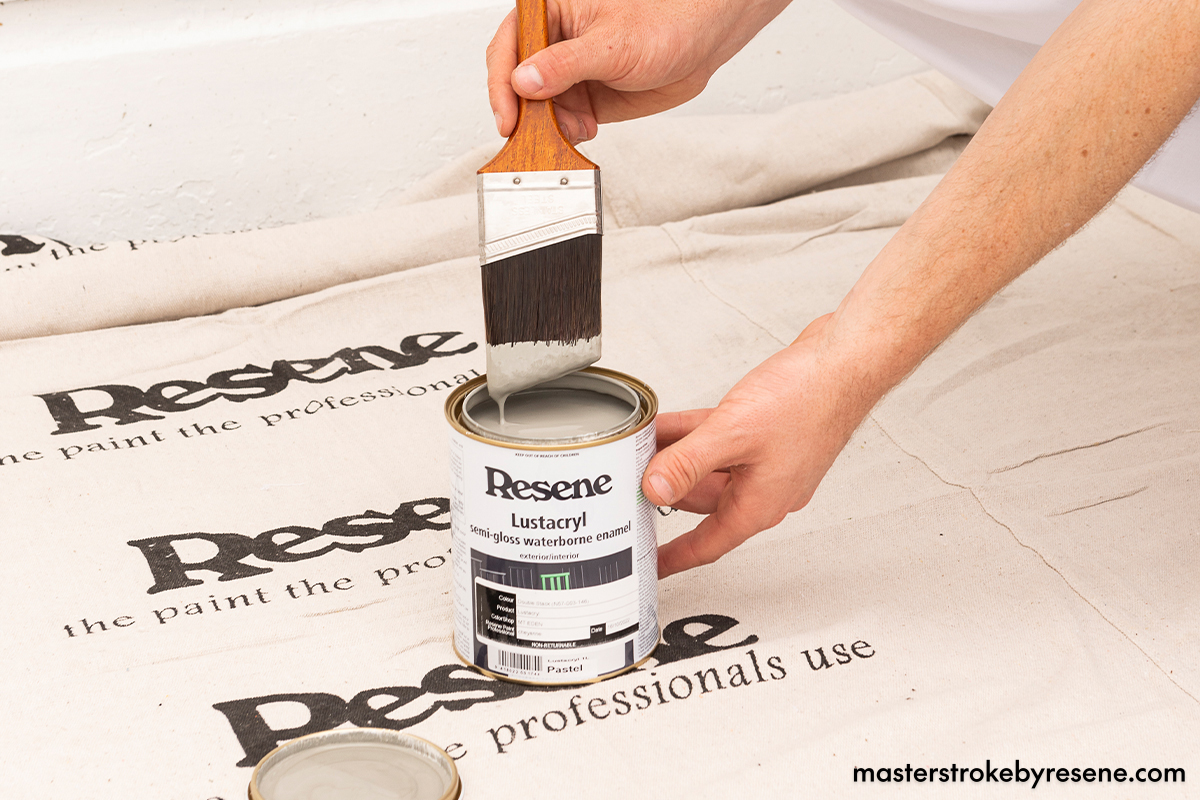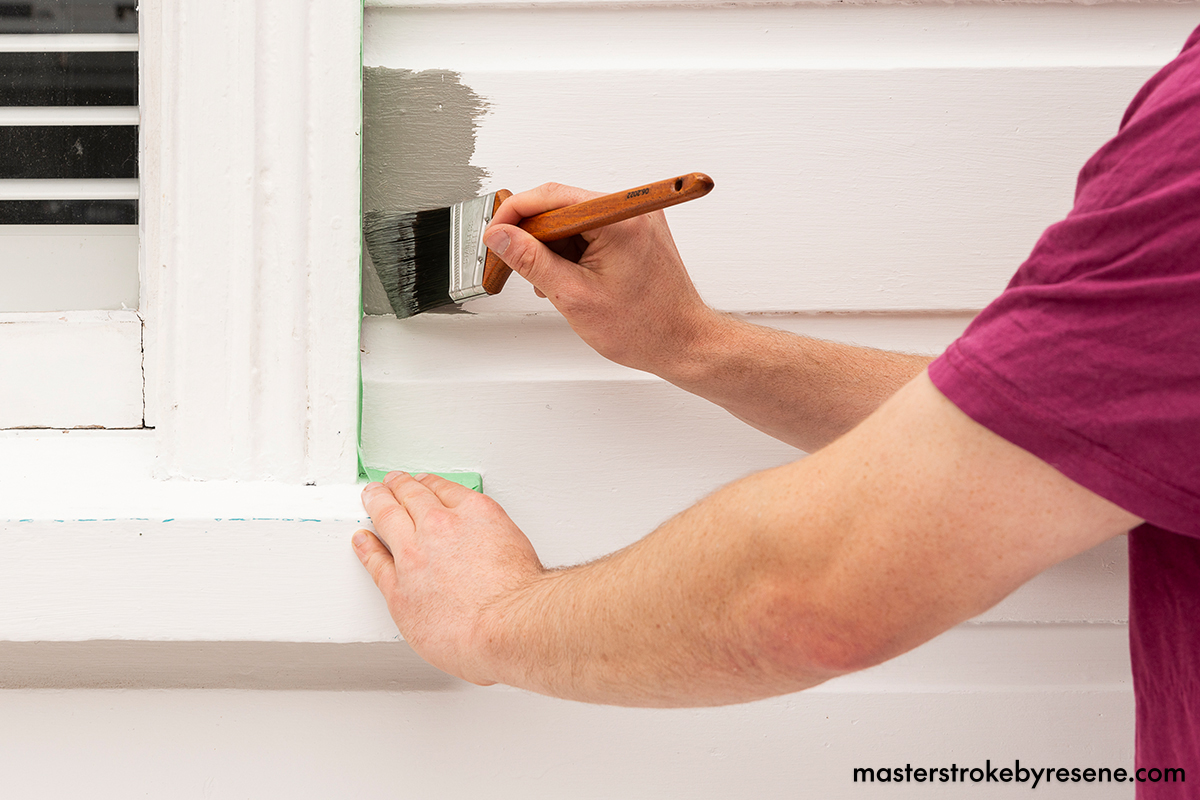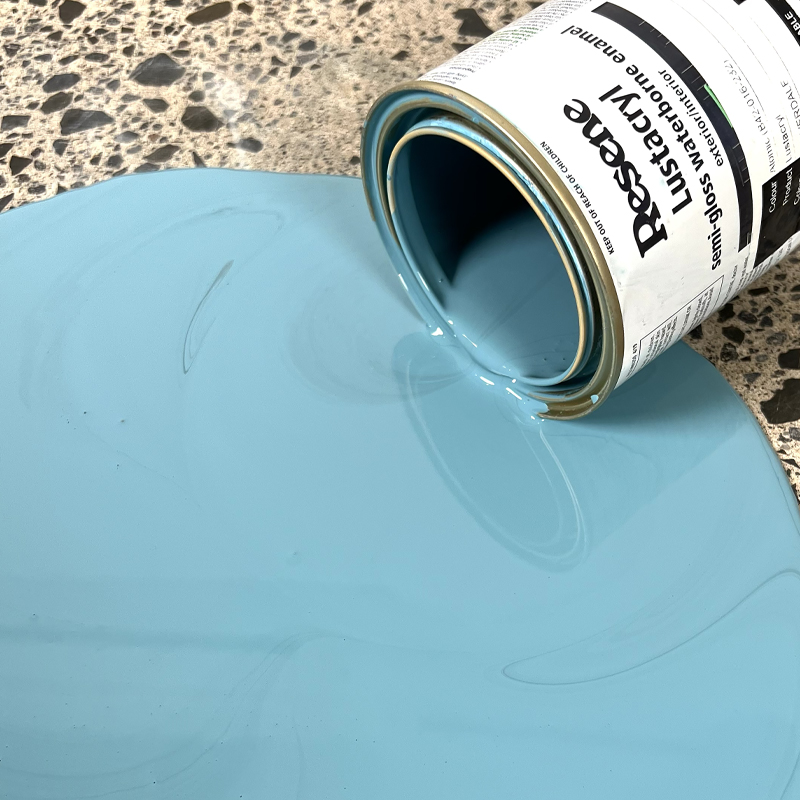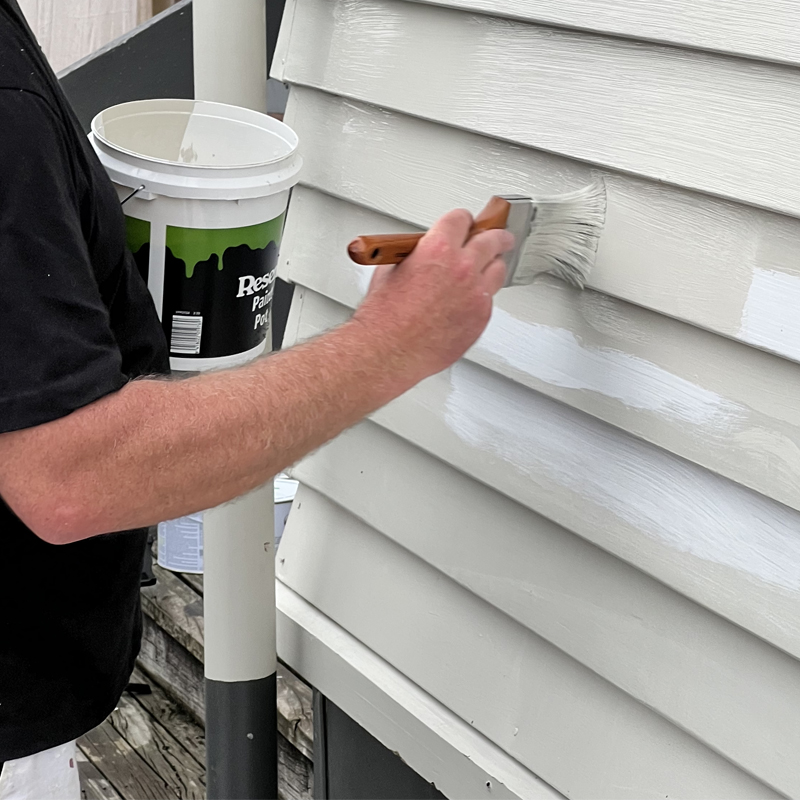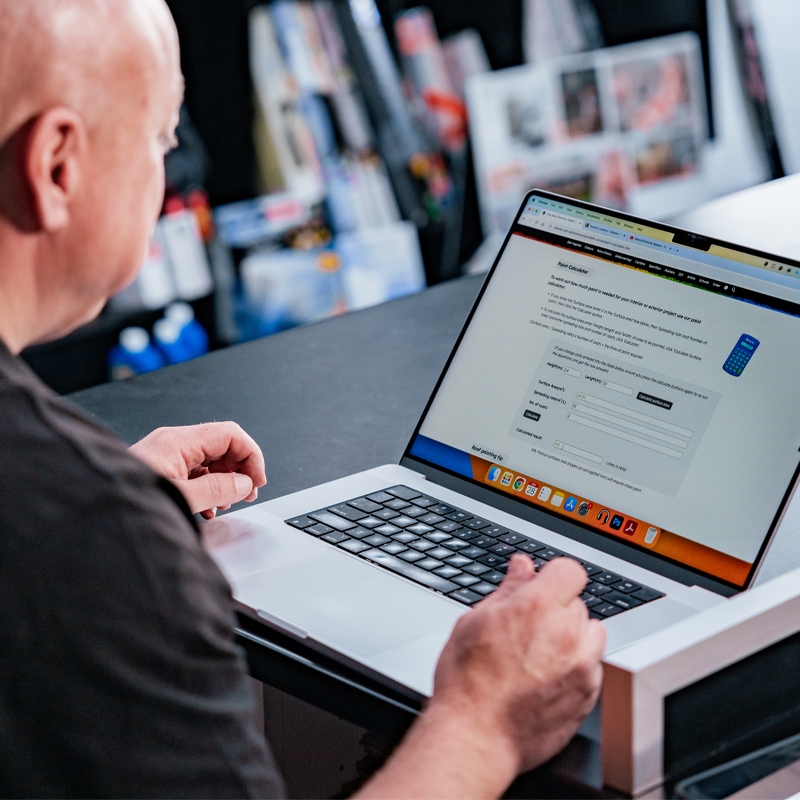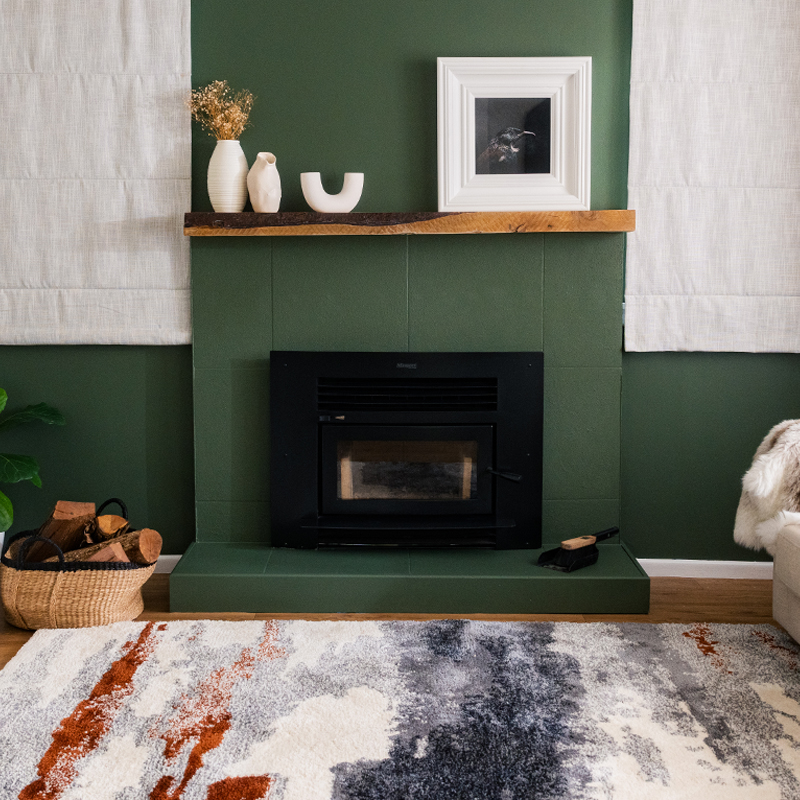Using a paintbrush might look easy, but DIYers know there are a few tips and tricks that make all the difference when it comes to getting a professional finish.
It takes time to become good, accurate and fast with a paintbrush. Have patience with yourself if you’re just starting out. Work on your quality first, then on speed. This will save you from learning bad habits and having to redo sloppy work.
“First of all, choose the right paintbrush for the job,” says Resene paint expert Murdo Shaw. “Size does matter – a bigger brush holds more paint and is good for larger areas, but it can get quite tiring on your wrists if you’re using it all day.”
The most popular brush sizes are 50-63mm. It’s a good idea to pop into your local Resene ColorShop and try a few out. Ask for help if you need it, because there are some important things to consider when you’re choosing paintbrushes. Think about your strength and experience, the type of brush you need, the size of the project, the surfaces you’re painting and the type of paint you’re using.
Choose a brush that feels comfortable for you to hold. Different family members may have different preferences so you may find you need a couple of sizes to suit if there is more than one person doing the painting.

